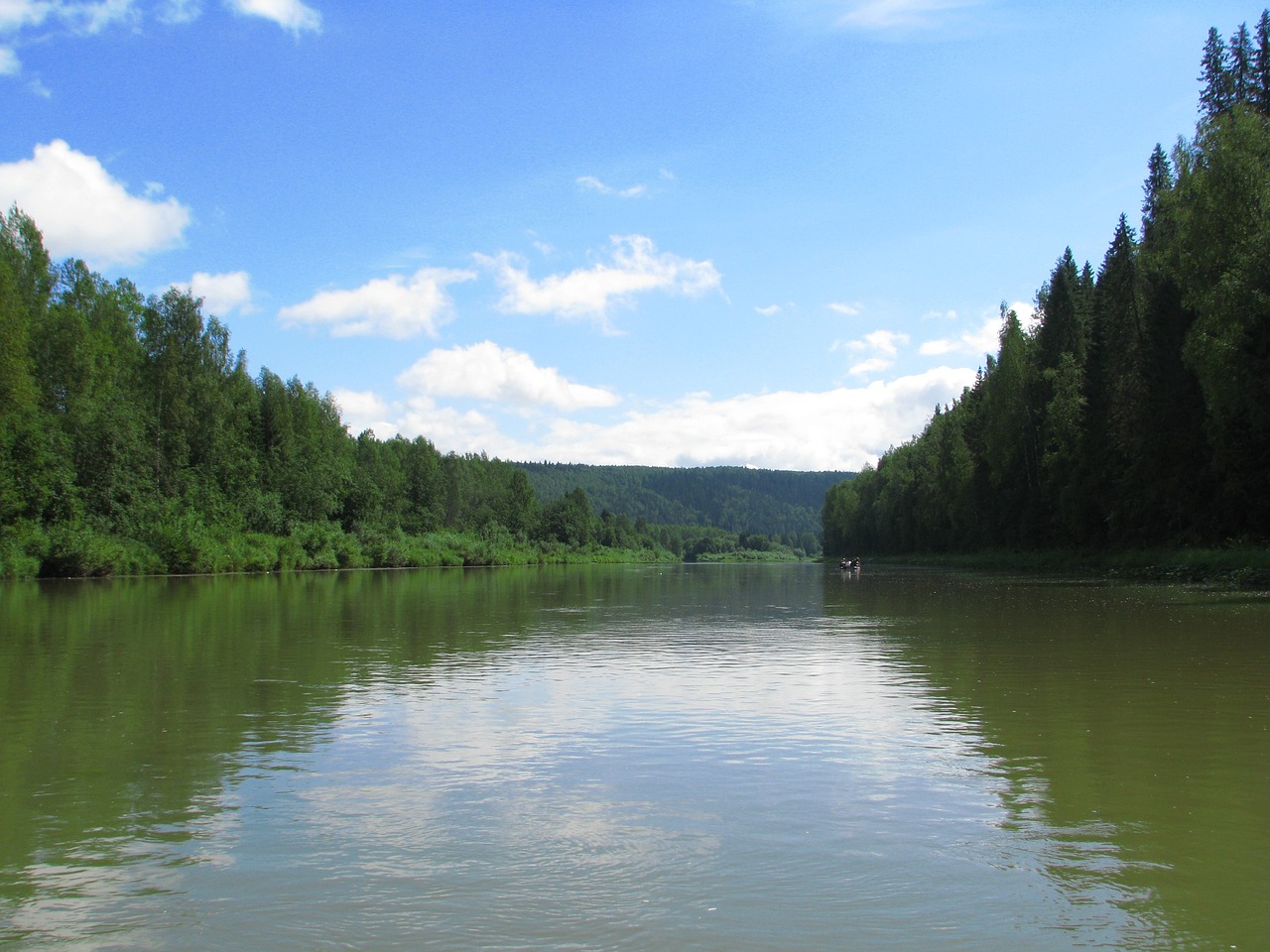Spotlight on Indigenous Plant Species in Cricket Ground Landscaping: Lotusbook365, Welcome to play99exch, Allpannel
lotusbook365, welcome to play99exch, allpannel: Over the years, the trend of using indigenous plant species in landscaping has gained popularity due to their numerous benefits. Cricket grounds are no exception to this trend, as they can greatly benefit from incorporating native plant species into their landscaping design. Not only do indigenous plants add aesthetic value to the surroundings, but they also have environmental advantages that can enhance the overall experience for players and spectators alike.
Benefits of Indigenous Plants in Cricket Ground Landscaping:
1. Biodiversity: Indigenous plant species support local ecosystems by providing food and habitat for native wildlife such as birds, insects, and small mammals. By incorporating these plants into cricket ground landscaping, we can help create a more diverse and resilient environment.
2. Water Conservation: Native plants are well adapted to the local climate and soil conditions, requiring less water and maintenance compared to non-native species. This can result in cost savings on irrigation and reduce the overall environmental impact of water usage.
3. Pest Resistance: Indigenous plants have evolved natural defenses against local pests and diseases, reducing the need for chemical pesticides and promoting a healthier ecosystem.
4. Soil Health: Native plants have deep root systems that help improve soil structure and prevent erosion. They also contribute to nutrient cycling and promote healthy microbial activity in the soil.
5. Cultural Significance: Incorporating indigenous plant species into cricket ground landscaping can help preserve and showcase the unique flora of the region, honoring the cultural heritage and traditions of the local community.
Best Practices for Using Indigenous Plants in Cricket Ground Landscaping:
1. Site Assessment: Before selecting plant species, assess the site conditions such as sunlight exposure, soil type, and drainage to ensure compatibility with native plants.
2. Plant Selection: Choose a diverse mix of indigenous plants that bloom at different times of the year to provide continuous color and interest throughout the cricket season.
3. Grouping and Arrangement: Arrange plants in clusters or drifts to mimic natural landscapes and create visual impact. Consider the mature size and growth habits of plants to avoid overcrowding.
4. Maintenance: Native plants generally require minimal maintenance once established, but regular weeding, pruning, and watering may be necessary during the establishment phase.
5. Education and Outreach: Engage players, spectators, and the local community in the process of incorporating indigenous plants into cricket ground landscaping. Share information about the benefits of native plants and the importance of biodiversity conservation.
FAQs:
Q: Can I use non-native plants in cricket ground landscaping?
A: While indigenous plants are recommended for their environmental benefits, some non-native species may be used selectively for specific design purposes. It is important to avoid planting invasive species that can outcompete native plants and disrupt local ecosystems.
Q: How can I find native plant species for my cricket ground landscaping project?
A: Consult with local nurseries, botanical gardens, and conservation organizations to identify suitable indigenous plant species for your region. They can provide guidance on plant selection, sourcing, and care instructions.
Q: Are there any regulations or guidelines for using indigenous plants in landscaping?
A: Check with local authorities and conservation agencies to ensure compliance with any regulations or guidelines related to the use of native plants in landscaping projects. They may offer resources and assistance to support your efforts in promoting biodiversity and sustainability.
In conclusion, incorporating indigenous plant species into cricket ground landscaping can enhance the beauty, biodiversity, and sustainability of the environment. By following best practices and engaging with the local community, we can create a vibrant and ecologically conscious space for players and spectators to enjoy the game of cricket. Let’s harness the power of native plants to score big on and off the field!







